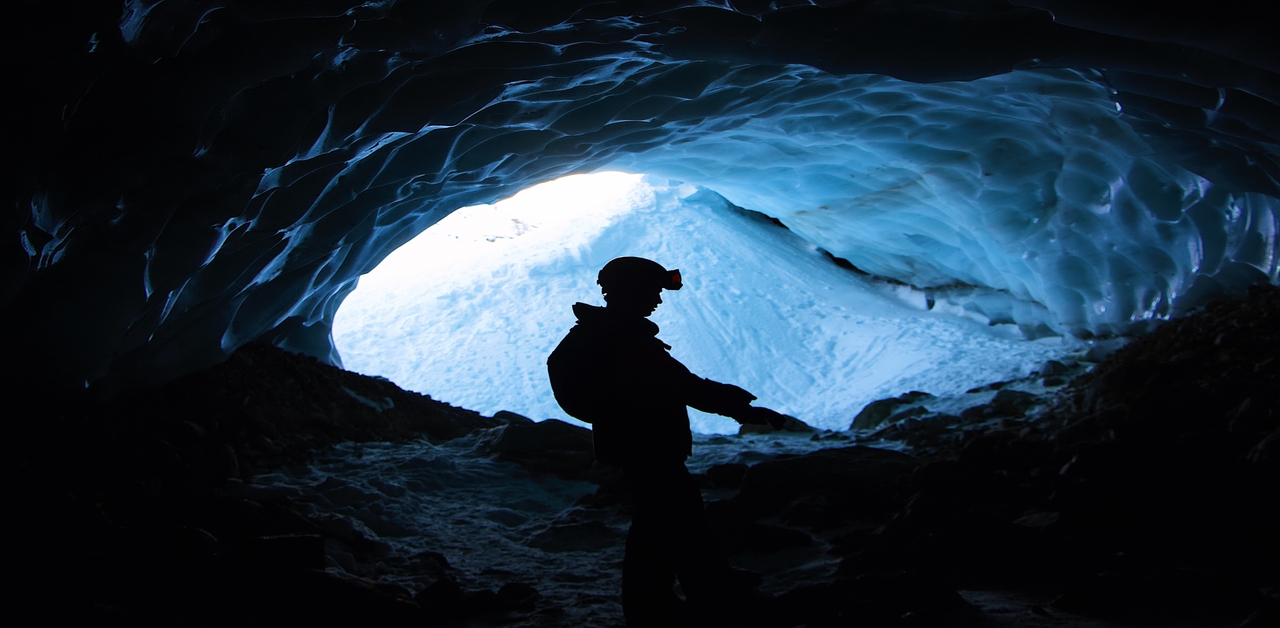India, known for its abundant mineral resources, has a history of various mining practices. One particularly controversial method is rat-hole mining, which has sparked significant debate regarding its safety, legality, and environmental sustainability.
This technique is predominantly used in the northeastern state of Meghalaya and has garnered national and international attention due to its unique approach and the social and environmental impacts associated with it.
Table of Contents
What is Rat-hole mining?
Rat-hole mining is the crude and unsafe way of coal extraction.
It involves digging small, narrow tunnels that are usually too small for multiple people to crawl into.
The tunnels are usually buried deep into the ground in order to reach coal beds.
The name rat-hole is given because of the look of these small tunnel-like mines, which look like the holes that rodents dig.
Rat-hole mining exists in two forms:
1. Box Cutting: To mine coal, a large box-shaped hole is dug, resulting in horizontal tunnels.
2. Side Cutting: The construction of the tunnel is carried out at the sides of the hill or slope.
In Meghalaya’s Jaintia Hills, East Khasi Hills, and West Khasi Hills, where the coal seams are too thin to be exploited through open-cast mining, this is a common practice.

Historical Background
Rat-hole mining in Meghalaya was picking up the pace in the 1980s and 1990s. The Khasi and Jaintia, the majority of the region’s tribal people, made their living as coal miners.
Meghalaya is an Indian state governed under the Sixth Schedule of the Indian Constitution that grants tribal populations independence in land and natural resources.
Such was a legal twist that led to thriving rat-hole mining on the pretext of having traditional rights and practices.
Human-Safety Concerns
The safety of workers stands out as the most critical challenge with regard to rat-hole mining.
These mines are very narrow, ill-ventilated, and can easily be flooded or collapse.
Protective equipment is scarcely used or not at all, and child labor is common because of the small size of the tunnels. With low wages, employees typically put their lives in danger.
Among the most unfortunate incidents was the one in December 2018, during which 15 of the miners died in a flooded rat-hole mine in East Jaintia Hills.
This accident revealed the severe risks of this mining and created outrage in the nation.
Additionally, it revealed the labor and safety laws’ flagrant disregard for the law.

Environmental Concerns
Rat-hole mining has a terrible effect on the environment:
1. Deforestation: Large regions of the forest have been logged as a way of creating mines.
2. Water pollution: The rivers and the underground water are polluted by acid mine drainage and coal particles. An example is the Lukha River in Meghalaya, which has been contaminated to the extent of becoming blue.
3. Soil Degradation: The area where mining wastes are dumped becomes fit only to be used as an agricultural field because it impacts the quality of the soil.
4. Air pollution: The quality of the air is affected by dust and coal movement, and burning. Such effects have long-term effects on the ecology and biodiversity of a region.
Legal framework
The National Green Tribunal (NGT) prohibited rat-hole mining in the state of Meghalaya in April 2014 based on its being illegal, unscientific, and unsafe.
The tribunal noted that the practice was against the environmental statutes (such as the Mines and Minerals (Development and Regulation) Act) and not performed according to scientific principles of mining.
It is reported that, although the ban was in place, illegal mining has persisted behind the scenes due to high demand and the unavailability of alternative sources of livelihood for the locals.
Lax enforcement, corruption, and politics have also promoted the continuation of this practice.
The Supreme Court of India, in an important decision in July 2019, permitted the movement of coal that had already been mined and pointed out that the prohibition must not affect the rights of the tribal populations to their land.
However, the court insisted that appropriate regulations and scientific mining be used. This decision rekindled the debate about the conflict between environmental safety and indigenous people’s economic freedoms, which some saw as a partial lifting of the ban.
In India, mining is governed by the Mining and Minerals (Development and Regulation) Act, 1957 (MMDR Act), but it has not been able to effectively regulate small-scale mining in states like Meghalaya.
The Forest Conservation and Protection Act of 1980 and the Environment Protection Act of 1986 both apply, but rat hole mining has not been well enforced.
Meghalaya Mines and Minerals Policy 2012: Despite the fact that the state of Meghalaya had implemented a policy to regulate mining, rat-hole mining continues to be carried out illegally due to a lack of political will and weak enforcement.

Solutions
The issue of rat-hole mining touches on a wide range of cultural and socioeconomic issues. Therefore, a solution to address it should be comprehensive.
There are a few other options available, including.
1. Scientific and Sustainable Mining: Implementing risk-free, mechanized coal mining methods that comply with environmental regulations.
2. Skill Development Programs: These programs teach locals how to make a living in other fields like tourism, agriculture, and handicrafts.
3. Environmental Rehabilitation: Replanting trees and repairing broken ecosystems.
4. Hard Regulation and Oversight: Reinforcing regulatory agencies and monitoring mining activity in real time.
5. Community education: Informing the communities about the adverse long-term consequences of illegal mining and sustainable practices.
It is the role of the government to balance between the needs of the economy and environmental responsibility.
Concurrently, the civil society organizations, non-governmental organizations, and the media equally have a crucial role to play in building awareness, providing assistance to the victims, and advocating accountability.
Moreover, the local communities should be considered in the planning and decision-making to ascertain sustainable and participatory development.
Challenges in Enforcement
1. Weak Enforcement: In Meghalaya, illegal mining is widespread, and the mining laws are, in most cases, weakly implemented, even though it is against the law.
The state is harshly covered in terrain and does not have any infrastructure; thus, it is hard to control the mining activities effectively.
2. Economic and political factors: Rat hole mining is usually condoned because of its economic significance to the locals.
Mining has provided thousands of people, including those involved in the illegal activity, get their livelihood.
The local community of Meghalaya and some political sections claim that rat-hole mining is a conventional process and a significant means of subsistence for the economically deprived people of the region.

Status and Government Actions
1. Government actions: The Meghalaya government has been blamed for failing to impose the ban strictly.
Additionally, the National Green Tribunal (NGT) issued directives against rat-hole mining, which is also challenging to carry out.
Additionally, the central government has contributed to the financial support of mine workers’ rehabilitation and efforts to transition to more sustainable activities.
2. Alternatives and Rehabilitation: The Government has been engaged in finding alternative means of income for the communities that are engaged in rat hole mining, like sustainable mining methods and other sources of income, like agriculture and tourism.
Although the process is still small, some of the local communities have begun the process of switching to more scientific mining and coal washing.
3. NGO and Civil Society Interventions: To spread awareness regarding hazardous rat-hole mining and to encourage safer mining methods and environmentally friendly options, NGOs and civil society organizations have been operating in the region.
Conclusion
Rat-hole mining is a serious issue in India, especially in Meghalaya. It has been a source of livelihood to many, but at the same time, it has resulted in severe environmental degradation, abuse of human rights, and safety calamities.
Prohibiting it outright and not giving a substitute is not the answer, and neither is unregulated mining.
The future should be in sustainable, legal, and inclusive practices that would not disregard the environment and the rights of indigenous people.
Only through thoughtful policy, community involvement, and sound governance can India address the rat-hole mining paradox of economic necessity.

